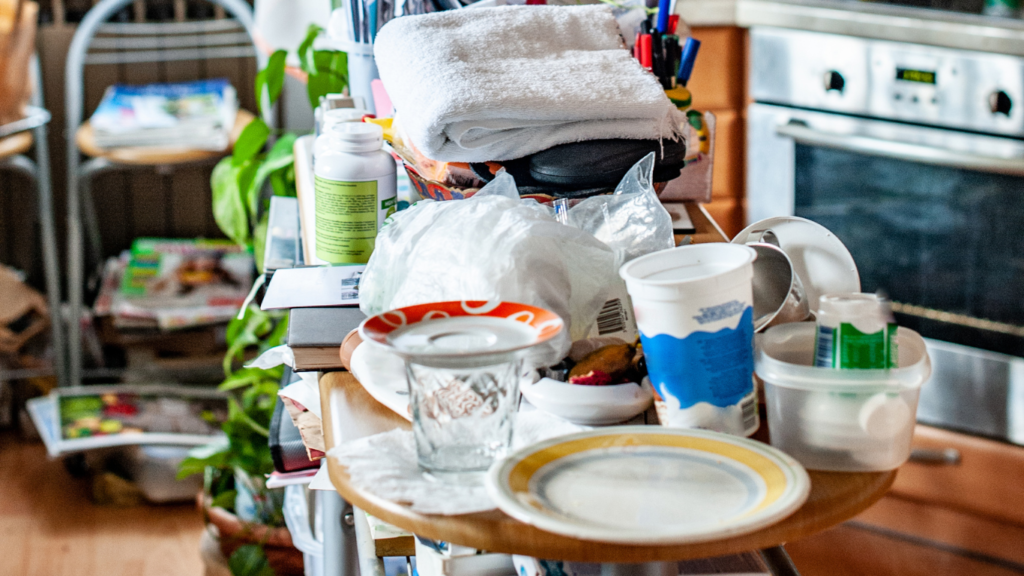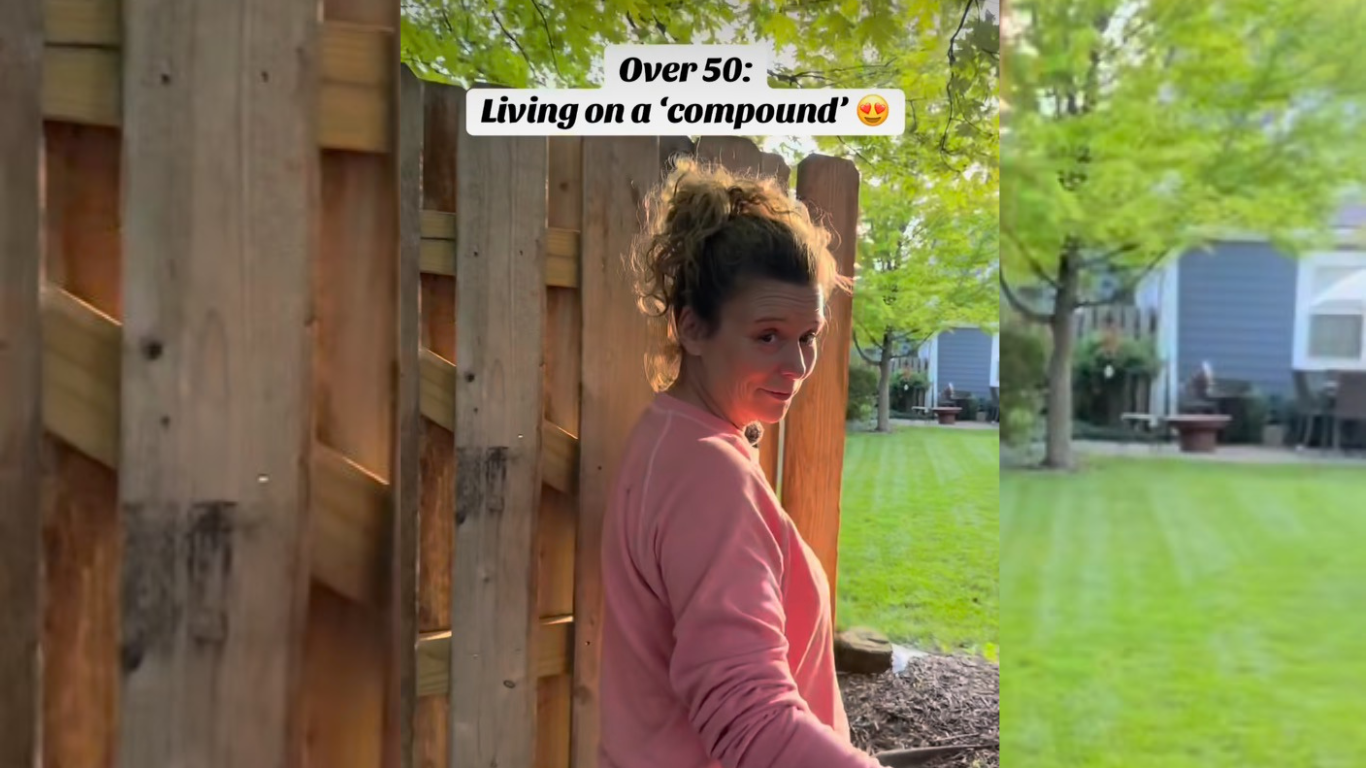Understanding the Thin Line Between Maximalism and Hoarding: How to Identifying Your Lifestyle Choices
In a world filled with endless choices and material possessions, the way we curate and organize our lives often falls into distinctive categories: maximalism and hoarding. At first glance, the difference might seem clear-cut, but the line between the two can sometimes blur, leaving individuals questioning their tendencies. Are you a maximalist, or are you simply a hoarder? Understanding the nuances between these two lifestyles can help you discern your preferences and develop a healthier relationship with your belongings.
Defining Maximalism and Hoarding
Maximalism and hoarding represent two contrasting approaches to managing belongings, but they differ significantly in their underlying principles and intentions.
Maximalism embraces abundance and celebrates an aesthetic that incorporates a diverse array of items. Maximalists take pleasure in an eclectic mix of colors, textures, and objects, often opting for a “more is more” approach to design and lifestyle. It’s not about clutter but rather a deliberate curation of items that spark joy and reflect individuality.
On the other hand, hoarding manifests as a compulsive need to accumulate and retain possessions, often leading to excessive clutter and disorganization. Unlike maximalism, hoarding stems from an inability to discard items, often resulting in an overwhelming accumulation that affects daily life and functionality.
Signs You Might Be a Maximalist
- Curated Chaos: Maximalists thrive in organized chaos. Their spaces may appear cluttered to some, but every item holds value and contributes to the overall aesthetic.
- Embracing Eclecticism: They appreciate a mix of patterns, textures, and styles, combining diverse elements to create visually stimulating environments.
- Intentional Curation: Maximalists intentionally collect items that bring joy and meaning, and they find beauty in the eclectic mix of their possessions.
- Freedom in Expression: Their spaces reflect individuality and freedom of expression rather than adhering to strict design rules.
- Functional Clutter: While it might seem cluttered, a maximalist’s space is usually functional, allowing them to navigate and use their possessions effectively.
Signs You Might Be Tipping Towards Hoarding
- Excessive Accumulation: Hoarding involves an uncontrollable urge to accumulate items, often leading to an overwhelming volume of possessions.
- Difficulty Discarding: Hoarders struggle to part with items, regardless of their value or functionality, leading to clutter and disorganization.
- Negative Impact: Hoarding can significantly impact daily life, causing distress, impairing functionality, and sometimes posing health and safety risks.
- Emotional Attachment: Hoarders often form deep emotional attachments to possessions, making it challenging to discard even seemingly insignificant items.
- Isolation and Secrecy: Hoarding tendencies might lead to social withdrawal or hiding the extent of clutter due to embarrassment or shame.
Differentiating Between the Two
Distinguishing between maximalism and hoarding often involves introspection and a critical assessment of your relationship with your possessions.
- Mindful Evaluation: Consider the reasons behind your attachment to items. Are you collecting consciously, cherishing the beauty and sentimental value, or holding onto things compulsively without genuine appreciation?
- Functionality vs. Dysfunctionality: Assess whether your collection enhances your life or impedes functionality. Maximalists derive joy and utility from their possessions, whereas hoarding often disrupts daily life.
- Emotional Attachment: Examine your emotional connection to your belongings. Maximalists appreciate their possessions but can let go when necessary, while hoarding involves excessive emotional attachment leading to distress when discarding items.
- Organization and Clarity: Maximalists often have a method to their perceived chaos, maintaining some level of organization amidst abundance. Hoarding, however, leads to severe disorganization and clutter.
Embracing a Balanced Approach
Understanding whether you lean towards maximalism or hoarding allows you to adopt a more intentional and balanced approach to managing your belongings.
- Declutter Mindfully: Regularly assess your possessions and declutter thoughtfully. Keep what brings value and joy while letting go of items that no longer serve a purpose.
- Organized Display: Embrace maximalism by curating displays that reflect your personality and aesthetic preferences while maintaining a level of organization.
- Functional Spaces: Ensure that your living and working spaces remain functional and conducive to your daily activities. Avoid excessive clutter that impedes functionality.
- Seeking Help if Necessary: If you suspect hoarding tendencies that impact your well-being, seek professional help and support groups to address underlying issues.
Navigating the fine line between maximalism and hoarding involves self-reflection, understanding your motivations, and assessing the impact of your belongings on your life. Embrace the beauty of abundance while maintaining functionality and organization in your spaces. By being mindful of your relationship with your possessions, you can lead a fulfilling and intentional lifestyle that celebrates individuality without falling into the trap of excessive accumulation.
Understanding the Thin Line Between Maximalism and Hoarding: How to Identifying Your Lifestyle Choices








GIPHY App Key not set. Please check settings